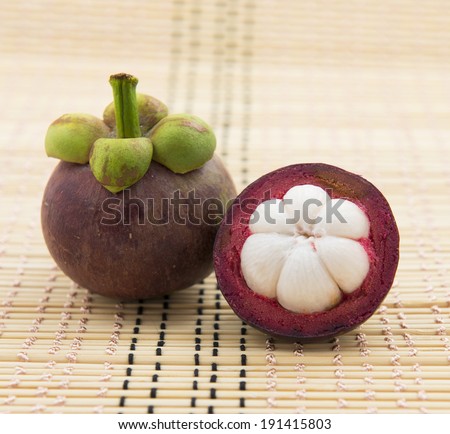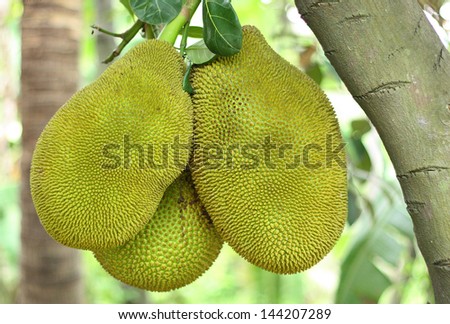Salak-Salacca zalacca
The snake fruit
http://www.etawau.com/Agriculture/Fruits/Salak/Salak_Fruit_small.jpgThe salak palm goes by many names and has numerous varieties but I must say I prefer the moniker of snake fruit most. Who could deny that this fruit really seems to be clad in shimmering snake scales!
This fruit in reptiles clothing just happens to be delicious to boot.
Salak hails from Indonesia. It is borne on a small palm. The palm is ultra tropical enjoying a very hot humid climate and being sensitive of cool temperatures. It requires alot of water and thrives in areas with up to 3100mm rainfall. One would expect a snake to have fangs and salak doesnt disappoint! The palm is completely covered in devilish spikes up to 15cm long and razor sharp.
The actual fruit is +-7cmX5cm rounded at one end and a slight point at the other. It is described as being crunchy and sweet with the closest comparison being a cross between an apple and a Pinapple. Up to three rounded seeds per fruit. Seeds should be planted immediately after removal or put in moist medium for transport as they cannot dry out.
http://upload.wikimedia.org/wikipedia/commons/8/8a/Salak200507.jpg
Sadly cultivation of this fruit would be difficult in most of S.A and pot culture is limited by the dangerous thorns. I say though if you are the adventurous type why not give it a go even if it spends it's whole life inside it's a magnificent palm specimen that looks like a palm cactus hybrid:)
Here are my Salak seedlings around 4 months old:
You can just see the thorns starting to grow already you can see how sharp they are!























